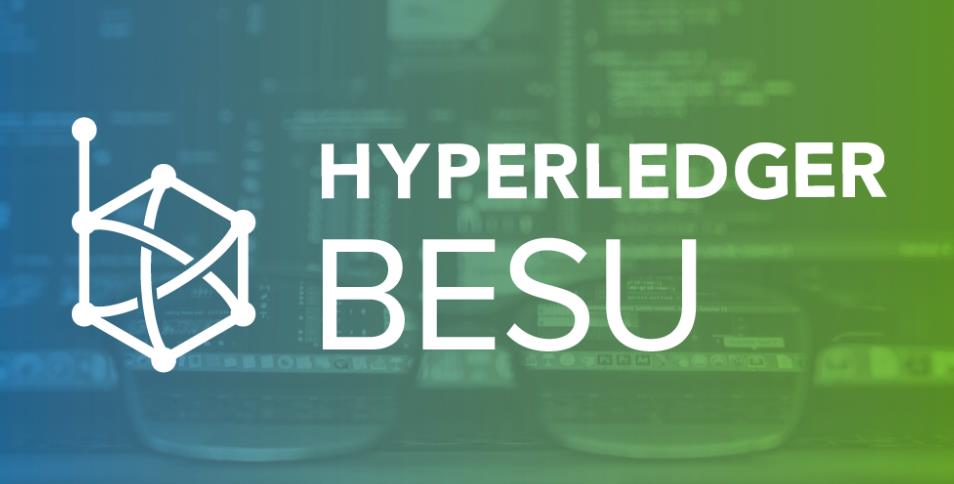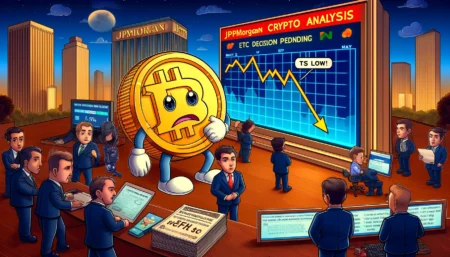The Central Bank of Brazil has announced that it will be using an Ethereum ETH -3.54%-compatible, permissioned blockchain for the issuance of the tokenized version of the country’s currency in its digital real pilot project. According to reports, the open-source blockchain platform, Hyperledger Besu, was chosen to allow the project to run without any licensing costs and to deal with maintenance costs later, if the platform is definitely chosen. The tests are slated to start this month, and the final structure of the digital real will include a two-tiered system, in which the real currency will only be managed by authorized institutions.
Brazil is continuing to move forward with its plan of delivering a working version of its own central bank digital currency (CBDC), the digital real, for the end of 2024. The choice of Hyperledger Besu as the base platform for the tokenized version of the digital real has been viewed positively by local analysts, who believe that the compatibility with Ethereum might bring a slew of third parties to develop applications and services using the tokenized digital real, opening the economic playing field to more competition.
However, it is also believed that this move could minimize the role of banks in the new digital economy. On this, JC Bombardelli, CTO of ed-tech startup Gama Academy, stated, “I don’t think it’s a total nod to the DeFi world because that would mean giving up a lot of controls that the central bank would never want to have.”
The digital real pilot project will start by only including the tokenized version of the digital real, which will be used in various transactions and issued by private banks with deposits as collateral. The final structure of the digital real will include a two-tiered system, where the real currency will only be managed by authorized institutions. The regulatory framework will be the current one to avoid asymmetries in relation to what exists today. The digital real will serve more for interbank transactions, and the tokenized real will be a kind of stablecoin issued by banks.
Another reason for choosing Hyperledger Besu would be its open-source origins, which would allow the government to use it without having to pay for licenses. This also means that the project could be scalable in the future if the government decides to implement it on a larger scale.
CBDCs are becoming increasingly popular, with China leading the way in the development and adoption of digital currencies. The Chinese digital yuan delivers the actual currency to its users and can be used directly to make and receive payments via a digital wallet. However, the digital real structure allows banks to keep their functions in the system and answers to a series of privacy and compliance worries.






